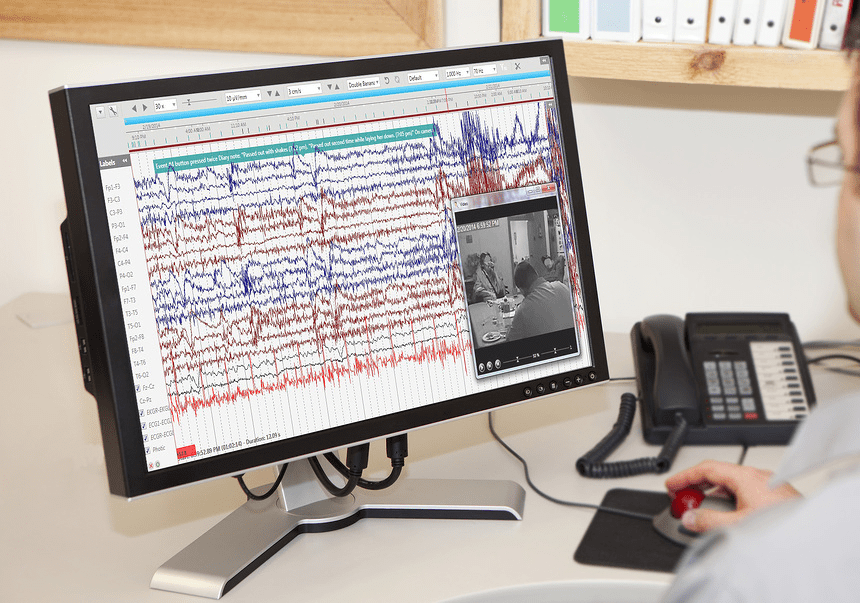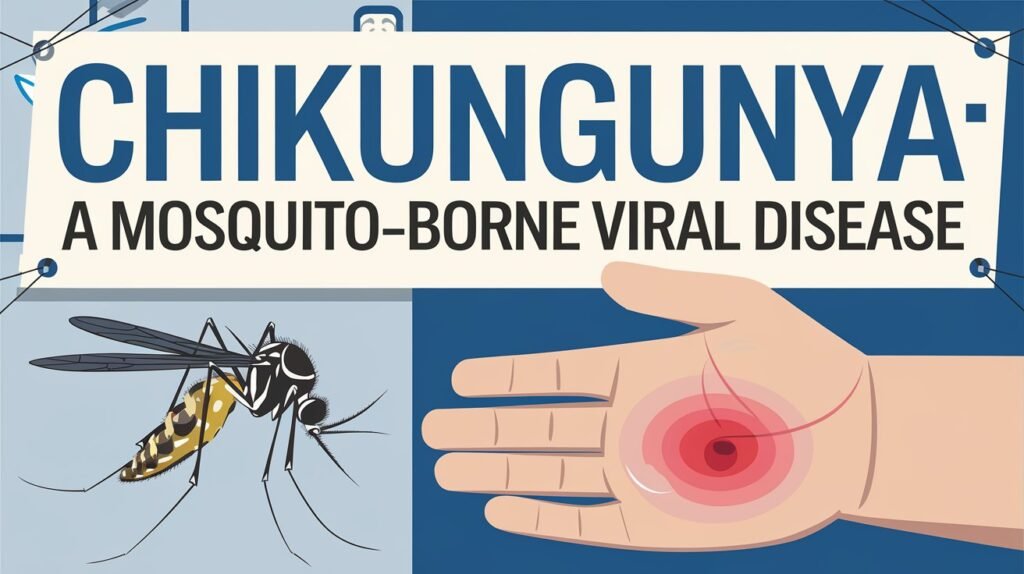Since Monkeypox is everywhere in media and everyone is talking about it. Gridxmatrix has brought you the answers to all your questions about this monkeypox illness. We will discuss how this virus emerged when it emerged, what symptoms in humans it can present, the incubation period of illness, complications of monkeypox disease, Monkeypox spreading, and how to prevent it. Recently, this virus has been identified in a few individuals in Pakistan, for which the government of Pakistan also has issued an advisory to fight this illness. This is undoubtedly a new challenge for the government after fighting the deadly coronavirus pandemic that stopped all activities of life. Now, let’s see how we cope with this situation.
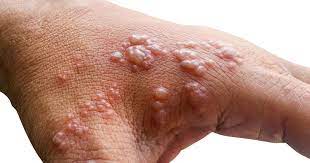
What is Monkeypox?
Monkeypox virus is a member of the Orthopoxvirus genus in the family Poxviridae. It is an enveloped double-stranded DNA virus causing a zoonotic disease that occurs primarily in tropical rainforest areas of Central and West Africa, now reportedly spreading widely to many countries.
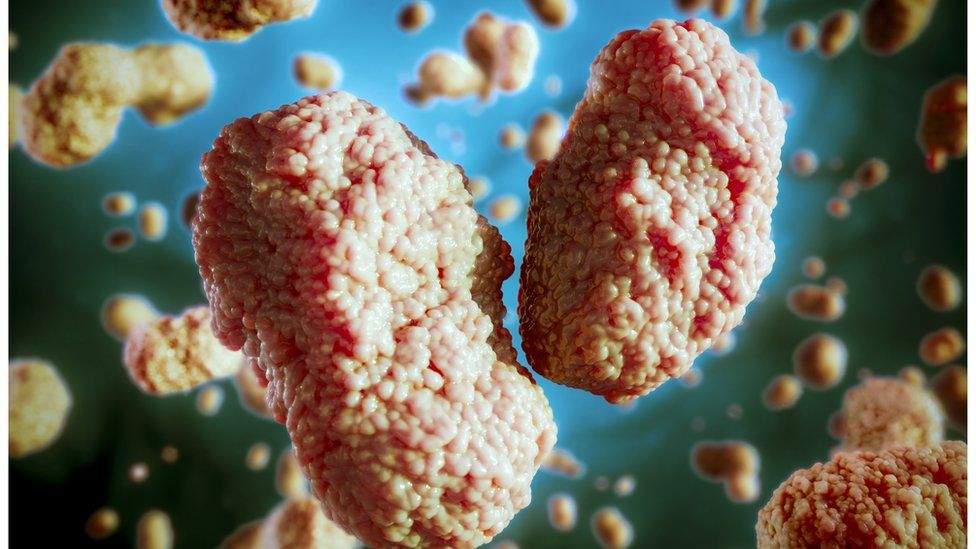
What viruses are found in the Orthopoxvirus genus?
Some important members of the Orthopoxvirus genus are the Monkeypox virus, variola virus, and cowpox virus.
What countries are currently affected by Monkeypox?
Many countries are now reporting to have been affected by Monkeypox like Pakistan, the United States of America, Israel, Singapore, the United Kingdom, Cameroon, the Central African Republic, Cote d’Ivoire, the Democratic Republic of the Congo, Gabon, Liberia, Nigeria, Republic of the Congo, and Sierra Leone.
When was the Monkeypox virus discovered?
Monkeypox virus was first discovered in 1958 in its natural host, that is, the monkey.
Why is it called Monkeypox? Is the Monkeypox virus related to Monkeys?
Yes, it is related to monkeys. While it was discovered in 1958 in colonies of monkeys during the research of two outbreaks of a pox-like disease hence the name ‘Monkeypox.’
When was the first case of Monkeypox discovered?
The first human case of the Monkeypox outbreak was discovered in 1970.
Where were Monkeypox cases first discovered?
The Monkeypox disease in humans was discovered in the Democratic Republic of Congo.
What are the variants of Monkeypox?
There are two variants known until now: The West African strain and the Central African strain.
What are the symptoms of Monkeypox disease?
Monkeypox disease in humans is a self-limiting disease that presents with a range of symptoms from fever to rash and swollen lymph nodes. Most people experience very mild symptoms. Other symptoms include headache, backache, shivering or chills, and exhaustion.

What is the incubation period of the Monkeypox virus?
The incubation period of the Monkeypox virus is 5 to 21 days following exposure.
How long do the Monkeypox symptoms last?
Monkeypox virus symptoms last 2 to 4 weeks.
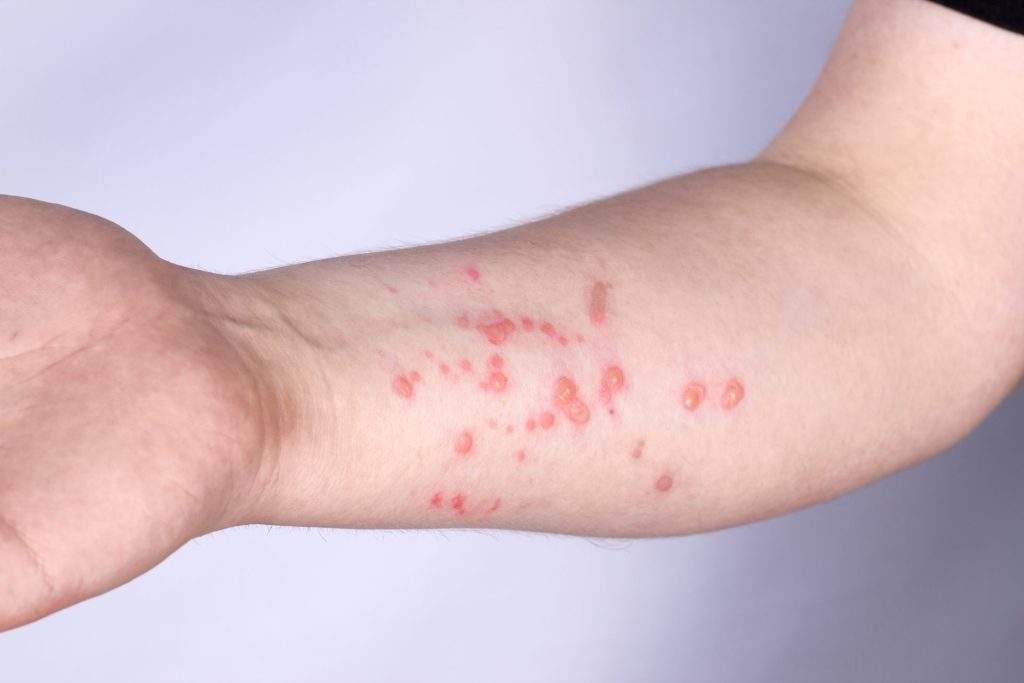
How does the rash spread in Monkeypox?
The rash often begins on the face and then spreads to other parts of the body.
How does a rash start in a Monkeypox outbreak?
Rash in Monkeypox starts as raised spots, which turn into a blister filled with fluid that later scabs and falls off.
Is Monkeypox a fatal disease?
The latest on Monkeypox is estimated to have a fatality of around 3-6%. Historically, it was approximately 1-11%.
How is the Monkeypox virus transmitted?
Monkeypox virus is transmitted to humans via close contact with the infected person, animal or material contaminated with the virus, contact with cutaneous and mucosal lesions, bodily fluids, respiratory droplets, and bleeding from the infected person.
What is the natural reservoir for the Monkeypox virus?
The natural reservoir of the Monkeypox virus is not yet identified, but the hypothesis suggests rodents are most likely.
Does Monkeypox affect the respiratory system?
What are the respiratory symptoms of the Monkeypox virus?
Yes, Monkeypox does affect the respiratory system and causes bronchopneumonia when complicated.
What age is most likely to get Monkeypox?
People younger than 40 to 50 years are most susceptible to Monkeypox.
Is Monkeypox related to smallpox? How do we distinguish smallpox from chickenpox or smallpox?
The clinical presentation of human Monkeypox disease resembles smallpox virus disease. The vaccine for smallpox eradication is also approved for the treatment of Monkeypox. Monkeypox can be distinguished from chickenpox and smallpox by lymphadenopathy in the prodromal stage of illness.
What are the complications of Monkeypox disease?
Complications of Monkeypox include secondary infections, bronchopneumonia, sepsis, encephalitis, and infection of the cornea with loss of vision.
How to diagnose human Monkeypox cases?
The human Monkeypox diagnosis is a diagnosis of exclusion. Before it is considered, other causes of rashes must be excluded, like chickenpox, measles, scabies, bacterial skin infections, syphilis, and medication-associated allergies. Laboratory tests are reserved to confirm the diagnosis of Monkeypox, like Polymerase Chain Reaction (PCR).
Can Monkeypox be diagnosed serologically?
No, Monkeypox belongs to the Orthopoxvirus genus that is serologically cross-reactive, so antigen and antibody detection methods do not provide Monkeypox-specific confirmation. Hence, serology and antigen detection methods are not recommended.
What is Monkeypox treatment? How to treat Monkeypox?
Treatment of Monkeypox aims to relieve symptoms during which the patient is isolated to stop its’ spread.
How to prevent Monkeypox disease?
As with every infectious and contagious disease or illness, educating people and raising awareness regarding the risk factors remains the essential component in preventing Monkeypox. Multiple measures can be taken to stop its spread in Healthcare and domestic settings. Individuals cleaning or decontaminating rooms that a patient with Monkeypox has spent significant time in should wear appropriate personal protective equipment (PPE) to avoid direct contact with contaminated material during the process and in a domestic setting, such as a home or a car, individuals should be made aware that they should not attempt to clean or decontaminate the area themselves, rather inform authorities to clean. The PPE required is:
- a disposable gown
- disposable gloves
- disposable shoe covers
- respiratory protection (FFP3 respirator)
- eye protection
Resources used:
- WHO
- CDC
- NHS

